Mattress buying guide
Discover which is the best mattress for you to get a great night's sleep.
Shop all mattressesWhat size mattress do I need?
All our bed and mattress sizes match up - a double mattress will always fit a double bed. But if you're buying for an older bed, there's a chance they might not. Double-check the standard measurements below.
Shorty (kids') mattress
Standard size:
Length 175cm / 5ft 9in
Width 75cm / 2ft 6in
Small double mattress
Standard size:
Length 190cm / 6ft 3in
Width 120cm / 4ft
What type of mattress is best for me?
At the core of every mattress is a support layer, providing the support your body needs to get a good night's sleep. Explore the different types of mattress below.
Open coil mattress
The classic sprung mattress, also known as continuous sprung mattresses. Springs are joined together by a coiled wire which spreads your weight across the surface.
They're great for:
- Moving and turning easily as they're lightweight.
- Single sleepers who have the bed to themselves.
On the flip side:
- You may feel your partner moving if you share.
- You may roll towards the middle.
- They can be less supportive than other styles.
Pocket sprung mattress
A pocket sprung design has springs woven into individual pockets, meaning they work individually to provide improved support for your body. In general, higher spring count = better support.
They're great for:
- Providing more support than coiled mattresses.
- Supporting partners of different sizes and weights.
- You won't roll into the middle.
On the flip side:
- They can be heavier and harder to turn, requiring two people to lift them.
Memory foam mattress
A memory foam mattress doesn't have springs, but is made from a supportive foam base layer, which is then typically topped with an additional memory foam comfort layer.
They're great for:
- Holding their shape with no sagging.
- Distributing body weight evenly but moulding to your shape.
- Allergy sufferers due to most being made of hypoallergenic material.
On the flip side:
- They can be quite heavy.
- They retain heat which can make them warmer than other mattresses.
- They tend to have less bounce.
What is a hybrid mattress?
Hybrid mattress
These are specially designed mattresses, that combine two or more of the comfort and support features from the mattress types above. Providing improved support overall.
They're great for:
- Being more supportive: their stronger structure will benefit those of a larger build or with back problems.
- Breathability and temperature control: designed to let air flow through them easily, they’re more breathable than memory foam mattresses.
On the flip side:
- They tend to be heavier and require 2 people to move them.
What is a rolled mattress?
Rolled mattress
Also known as a bed in a box, a roll up mattress is a type that can be compressed to a small size. This means it’s easily transportable and relatively lightweight- so you’ll never have to worry about how to get your mattress through the front door or struggle with moving it into a spare room. The best bit? It still offers the same optimum comfort and support as a regular mattress.
Do you need a soft or firm mattress?
Mattress firmness ranges from the cushiony soft mattress to the super supportive firm mattress. They refer to how supported you are when you sleep. We know that getting good quality sleep is really important to keep you feeling healthy and happy. Making sure you have the right mattress firmness is a key way to accomplish this. Read on to find the best type for your snoozing style.
Soft mattress
Soft mattresses let your body sink into them, contouring around your hip, shoulder and arm while you sleep.
Perfect for - side sleepers
The firmness of this mattress lets your body sink into it, contouring around your hip, shoulder and arm while you sleep.
Medium-soft mattress
Medium-soft mattresses maintain the flex of a soft mattress and add in a little more support. They suit people who are of a modest build who tend to move about in their sleep.
Perfect for - side sleepers
Whilst slightly more supportive, your body will still sink into it and will also feel comfortable around your shoulder, arm and hip.
Medium mattress
Medium mattresses are the most popular customer choice as they offer the suppleness of a soft mattress combined with better support. They suit most body sizes.
Perfect for - back sleepers
Most firmness levels are comfortable for back sleepers as your weight is evenly distributed - but medium is a safe bet.
Medium-firm mattress
Medium-firm mattresses offer a bit of flex but have an extra level of support compared to a medium mattress. These suit those who are of an average build.
Perfect for - stomach sleepers
The added firmness will support your body as you sleep on your front, making sure your spine is straight, helping to alleviate backaches.
Firm mattress
Firm mattresses have very little flex and offer the most support, providing a sturdy sleeping base. They're ideal for those who are of above average build.
Perfect for - stomach sleepers
Firm mattresses will prevent your hips from sinking lower than your shoulders, keeping your spine better aligned.
Common mattress conundrums
Suffer with back pain?
Firmer mattresses usually offer the most comfort when it comes to back pain, with medium-firm, firm and extra firm mattresses offering the most support. Orthopaedic mattresses are designed with this in mind and offer zoned support to pressure points when you lie on your back to minimise aches and pains.
Do you suffer from any allergies?
Specially designed hypoallergenic mattresses are considered best for allergy sufferers. They are often treated with an antibacterial cover technology that helps to reduce allergy triggers by preventing dust mites, mould and bacteria settling into the surface of your mattress.
Get too hot at night?
Cooling gel layer is a new innovation to the mattress market. The top layer is filled with a gel which has a similar feel to memory foam mattresses. The benefit of gel is its cooling properties - so they're a great option if you get hot in bed.
Good for you, good for the planet
Recycle your old mattress
We can take away your old mattress when we deliver your new one. Our drivers will bring a recycling bag to place over it before we take it away and dispose of it responsibly.
Eco-friendly mattresses
Can you make a difference to our planet even while you are asleep? The answer is yes! Our planet-friendly mattresses are made from sustainable fibres and are chemical and foam-free. You'll sleep soundly knowing you've made a sustainable choice.
Looking for a particular brand?
Rest easy
Here are some key ways you can look after your mattress.
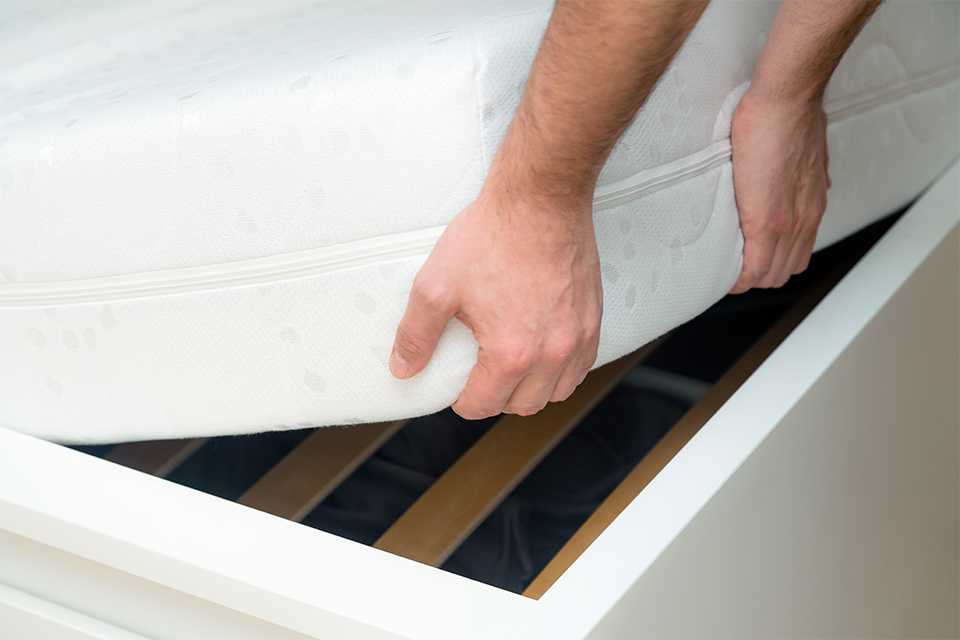
Turning your mattress
We recommend you rotate your mattress 180 degrees (on the same side) every 3 - 6 months to increase its life. If you have a double sided mattress you can also flip it over every year.
Using a mattress protector
We recommend you use a mattress protector from day one to keep your mattress in top condition and extend its life.
100 night comfort promise
Here at Argos, we want you to get a great night's sleep, and because choosing a mattress shouldn't keep you up all night we're offering a 100 night comfort promise. So if you're not sleeping soundly on your new mattress, you can exchange it within the first 100 days.
When should I replace my mattress?
There are two key signs to look out for if you're not sure if you need a new mattress. Firstly, your mattress is showing visible signs of deterioration, such as lumps or dips. Secondly, you're no longer getting a good night's sleep, and are waking up with aches and pains. If you experience either of these, then it's time for a new mattress. Still unsure? The Bed Advice UK suggests replacing your mattress every 7 years. In this time it will have been subjected to around 20,000 hours of wear and tear!
Mattress reviews - sweet dreams are rated here
Don't just take our word for it, see what our well rested customers make of our mattresses.

&poi={$this.metadata.pointOfInterest.x},{$this.metadata.pointOfInterest.y},{$this.metadata.pointOfInterest.w},{$this.metadata.pointOfInterest.h}&scaleFit={($this.metadata.pointOfInterest.x>0)?$sfpoi:$sfcenter}&sm=aspect&aspect=3:2&sfcenter=center&sfpoi=poi&qlt=50&fmt=auto&noiser=0&fmt.jpeg.interlaced=true&fmt.jp2.qlt=40&)
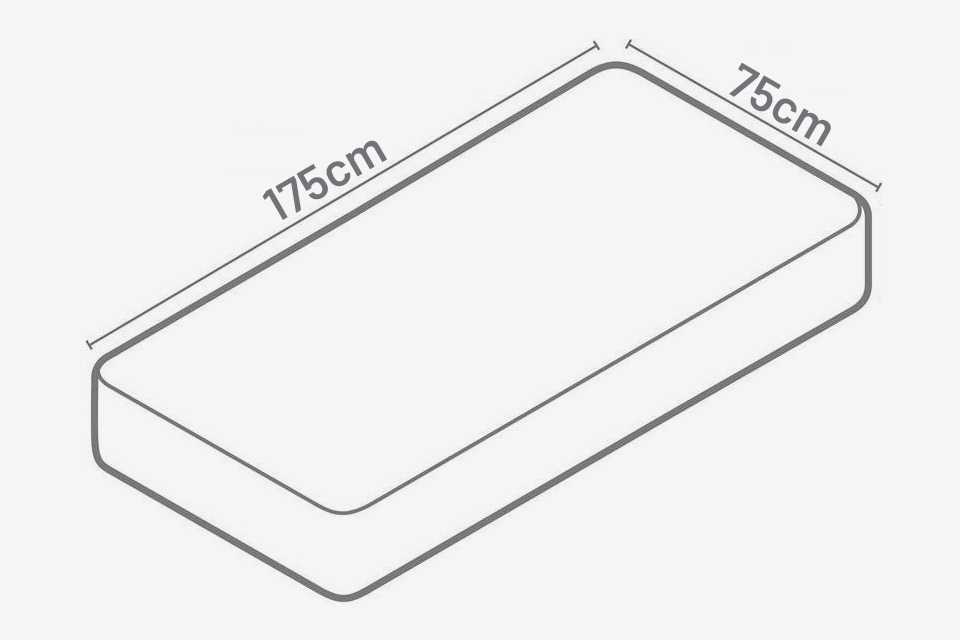


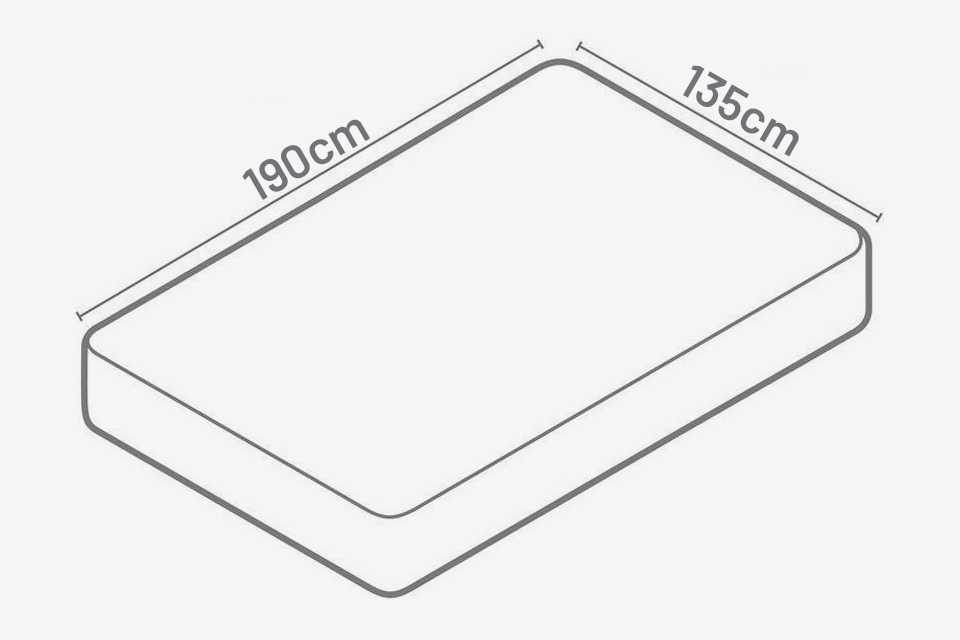

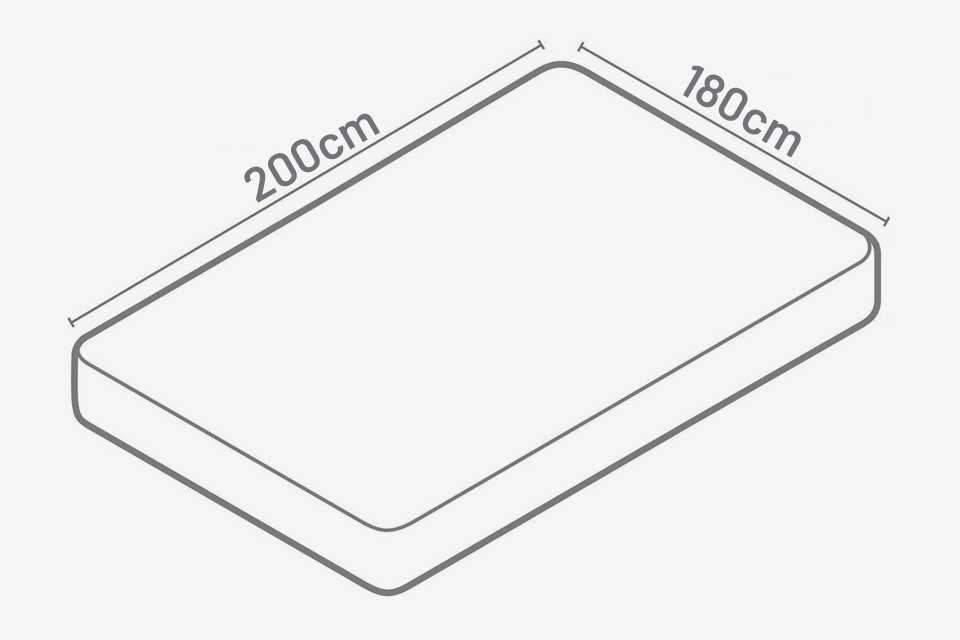
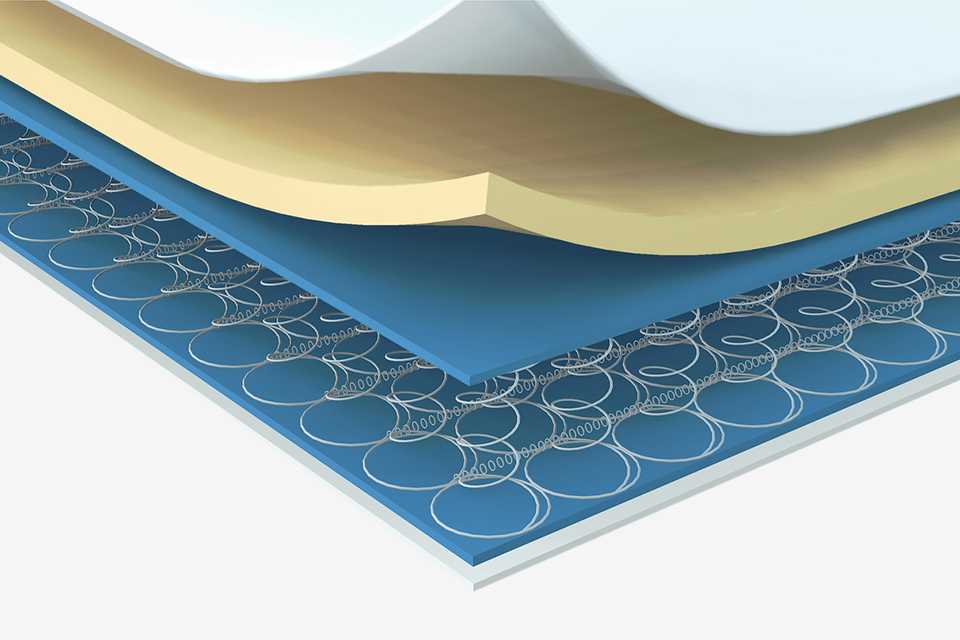
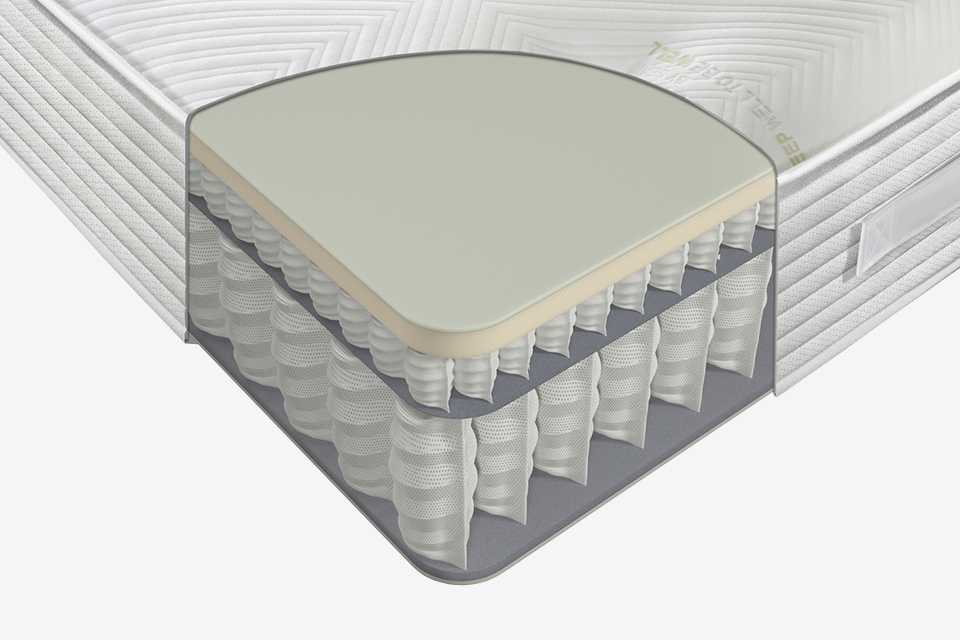

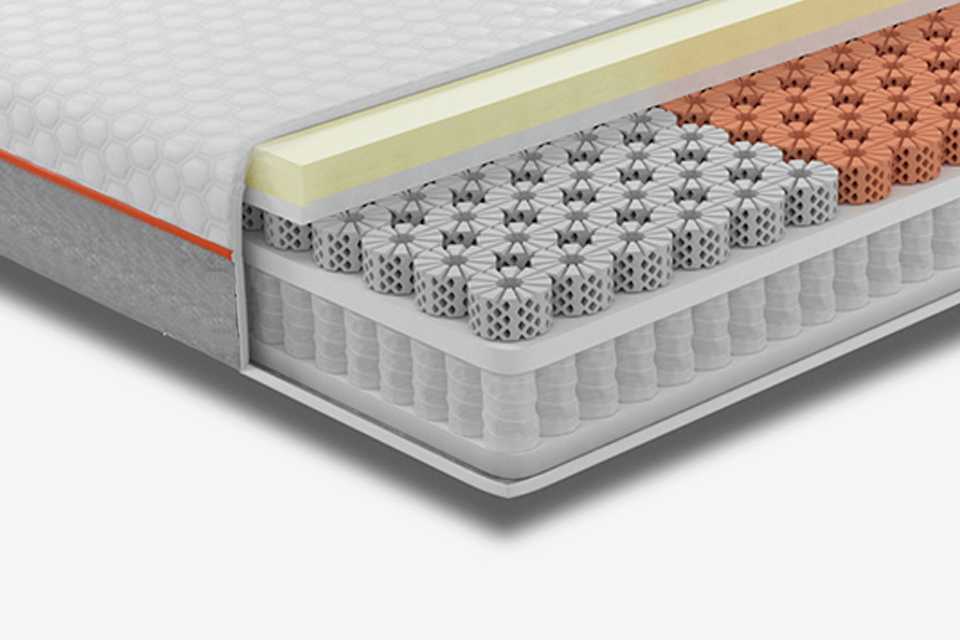



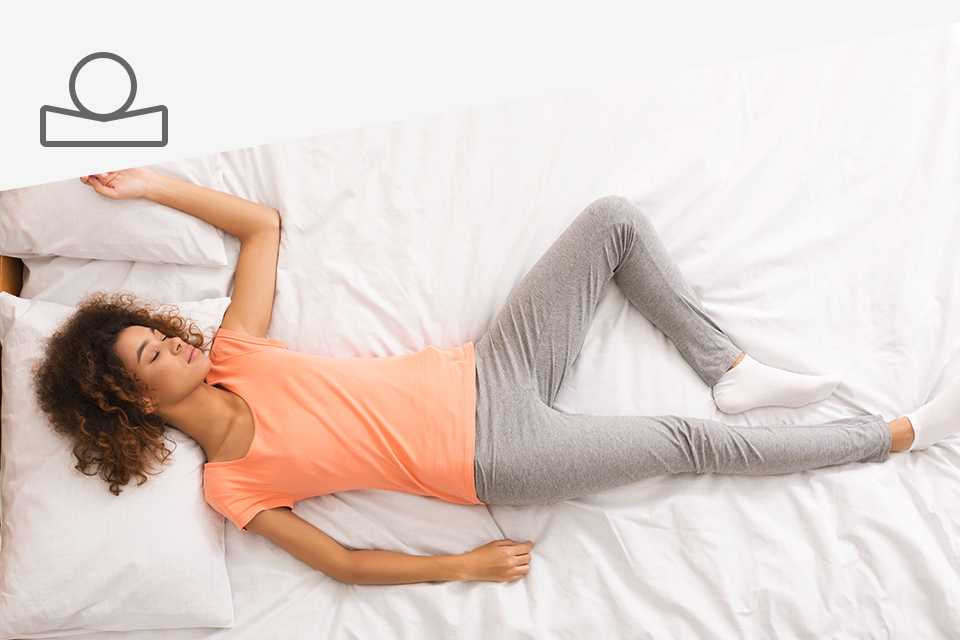
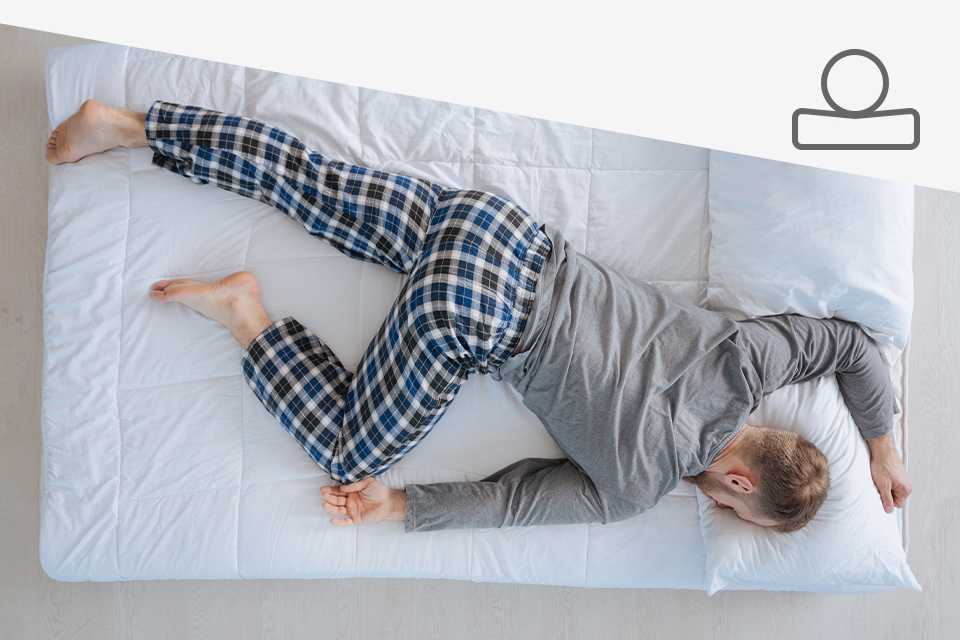


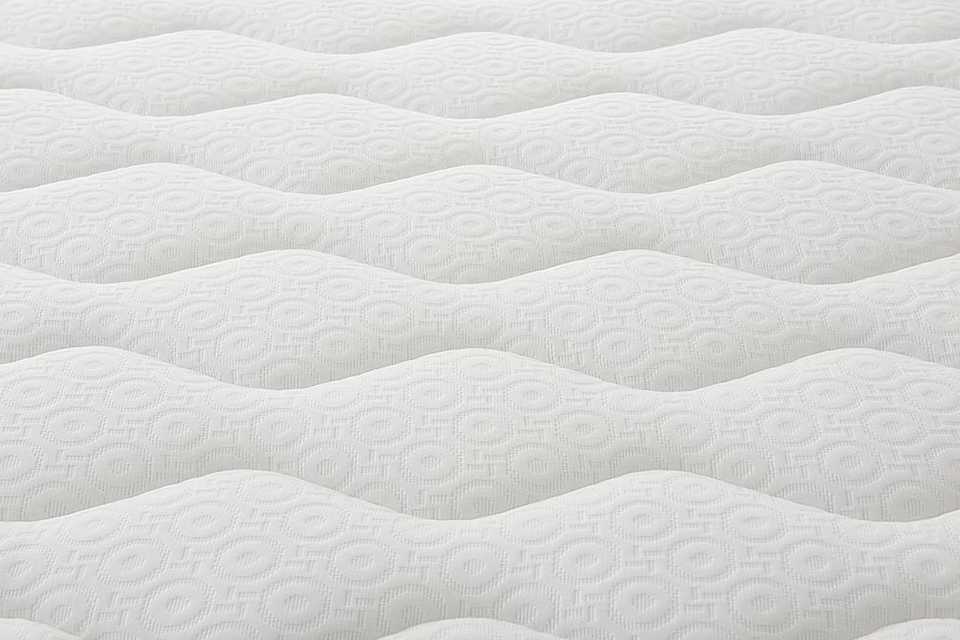



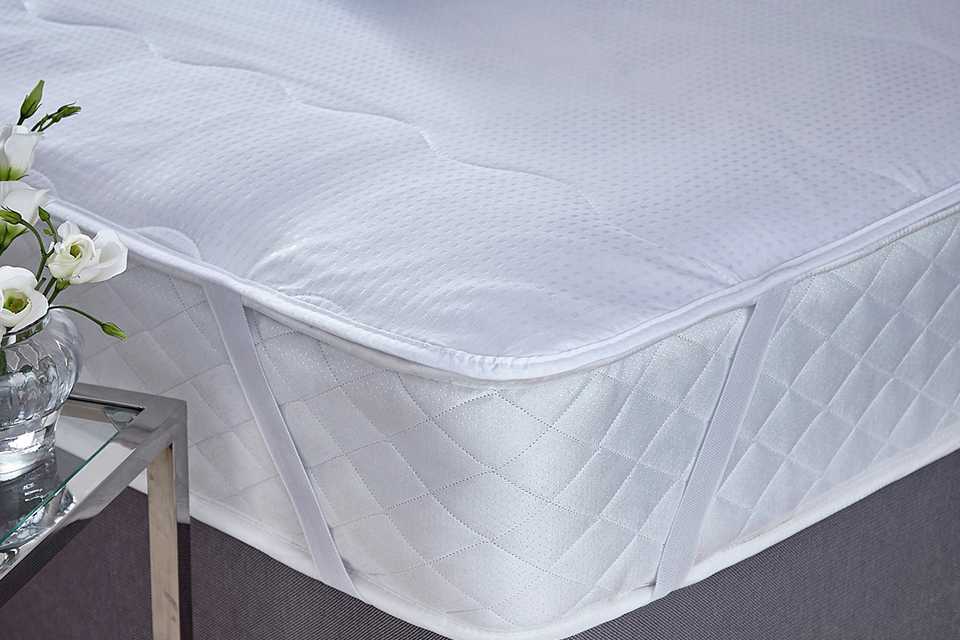


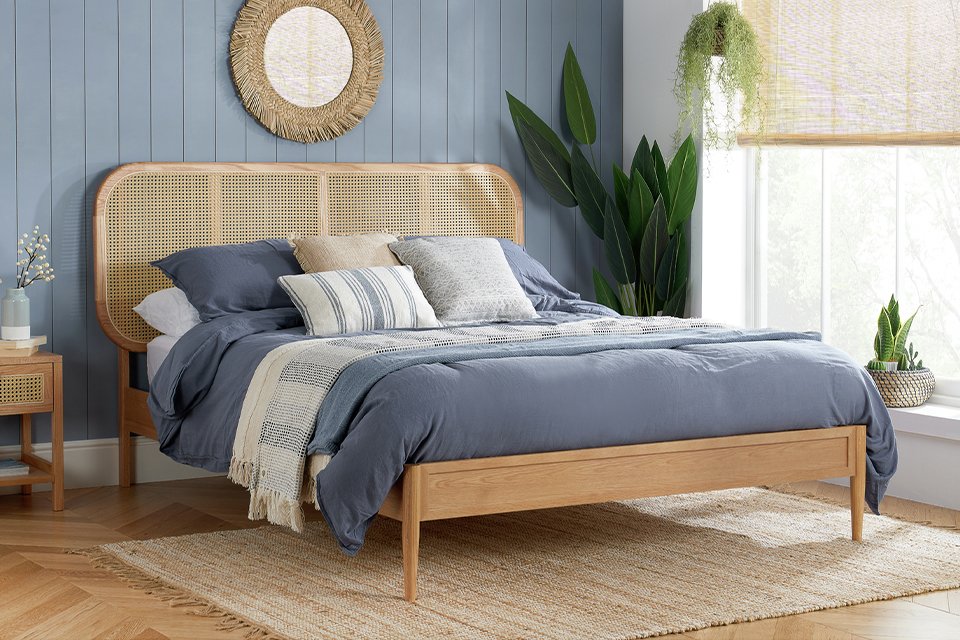?$sfpoi:$sfcenter}&sm=aspect&aspect=1:1&sfcenter=center&sfpoi=poi&qlt=50&fmt=auto&noiser=0&fmt.jpeg.interlaced=true&fmt.jp2.qlt=40&w=600&)
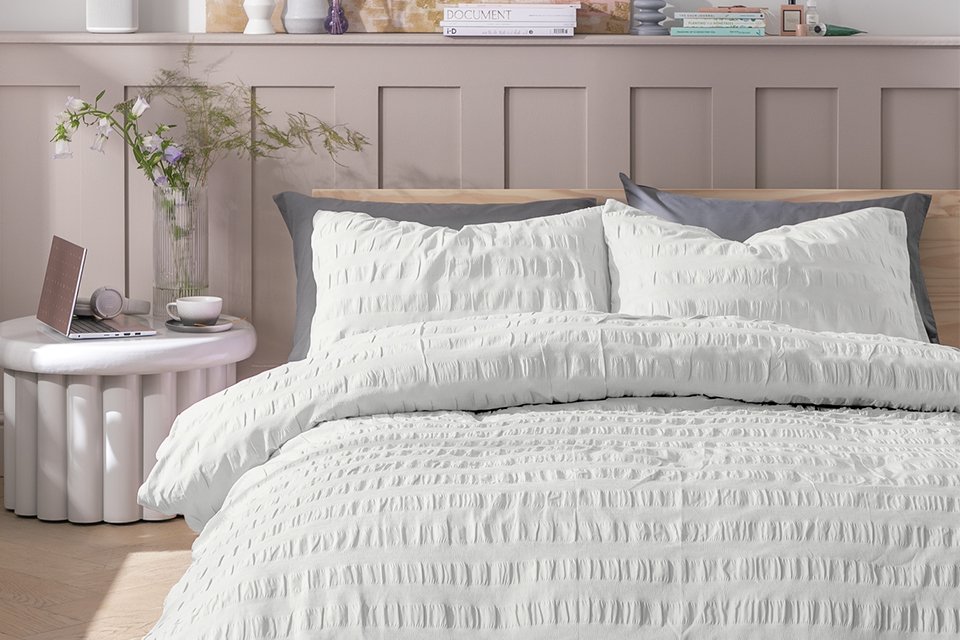?$sfpoi:$sfcenter}&sm=aspect&aspect=1:1&sfcenter=center&sfpoi=poi&qlt=50&fmt=auto&noiser=0&fmt.jpeg.interlaced=true&fmt.jp2.qlt=40&w=600&)
?$sfpoi:$sfcenter}&sm=aspect&aspect=2:1&sfcenter=center&sfpoi=poi&qlt=50&fmt=auto&noiser=0&fmt.jpeg.interlaced=true&fmt.jp2.qlt=40&w=600&)
?$sfpoi:$sfcenter}&sm=aspect&aspect=2:1&sfcenter=center&sfpoi=poi&qlt=50&fmt=auto&noiser=0&fmt.jpeg.interlaced=true&fmt.jp2.qlt=40&w=600&)
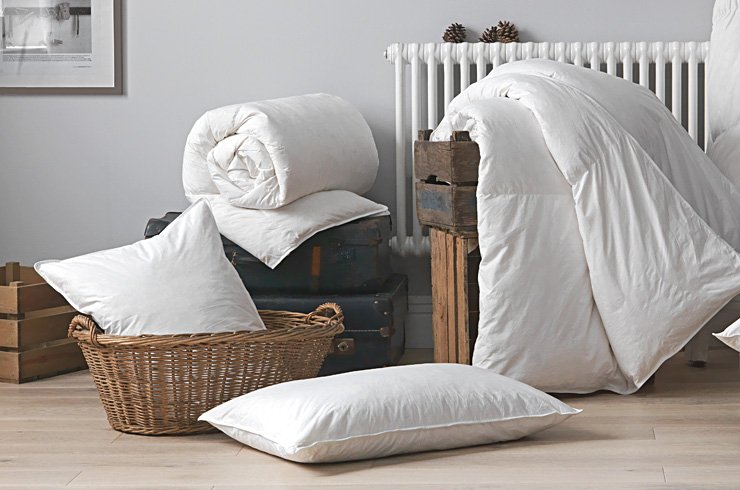?$sfpoi:$sfcenter}&sm=aspect&aspect=2:1&sfcenter=center&sfpoi=poi&qlt=50&fmt=auto&noiser=0&fmt.jpeg.interlaced=true&fmt.jp2.qlt=40&w=600&)